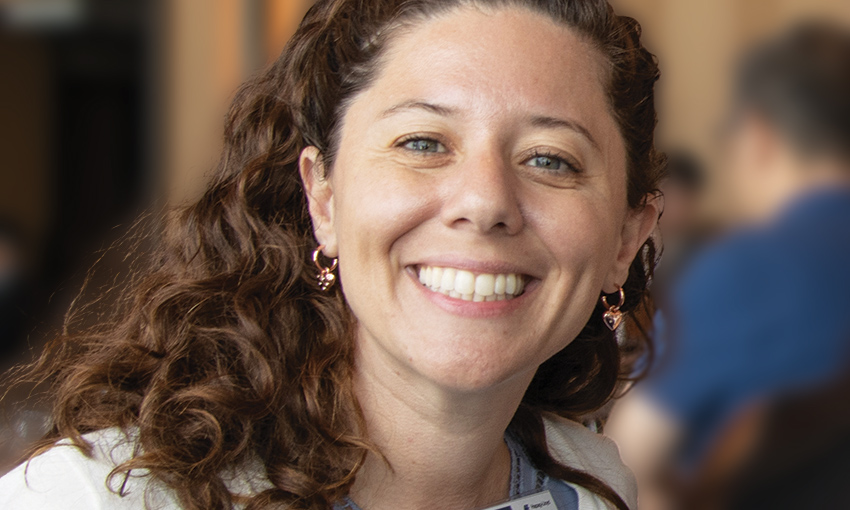Tell us about your job and what it involves.
My current role is with Transport for NSW as senior manager of maritime assets. I look after all the maritime assets owned by the New South Wales government. I look at them from a holistic point of view – how they’re working, whether they’re fit for purpose and how we can improve reliability and availability. I also work on strategies for rolling out new ways of working in innovation and development. That’s my day job.
What is your role outside of Transport for NSW?
My other job is as president and chair of WISTA Australia – the national branch of the Women’s International Shipping & Trading Association. We run events and I also speak at events. Sometimes it involves signing memoranda of understanding with different organisations and sometimes it’s policy setting. A typical day in my life is varied and busy.
How did you end up on this career path?
I didn’t know what I wanted to be when I grew up. When I was at school, we had a book of careers. One day I was flicking through that book with my thumb, and I put my hand in the book and said, “I’m going to be a …” and my finger landed on naval architect. I enrolled in naval architecture the next day.
Where have you worked since then?
I started off working at a dockyard as a naval architect trainee in the engineering office, then in the dock office as a qualified dock master. That took up most of my career; I spent about eight years in the drydock. From there I started doing repair and maintenance project management before moving into business improvement, where I focused on sustainability and optimisation of how the drydock functions. Then I decided to become a consultant and ended up working on a national sustainment strategy as an asset manager. Moving from engineering to asset management was a natural evolution; design and engineering are elements of asset management.
Which moments or memories keep you going?
Something that made me smile recently was at the Indo Pacific maritime expo. I’m not in the defence world anymore, but every time I go to Indo Pacific, I’m blown away by the amount of people who come up to me and stop me to say hello and ask when I’m coming back to the yard. It’s the people that make the job. It’s not just about the doing, it’s about the community and feeling welcomed, and that makes me really happy. The little things are what keep me going.
What encourages you at WISTA?
A highlight for me is when I notice the change or the participation from industry. There are a lot of large organisations that have reached out to me or the team and asked how they can be a part of it. It gives me a leap in my step to know that people genuinely want to contribute. WISTA as a global organisation has its roots in maritime law, marine insurance and similar sectors, but we’re now welcoming seafarers, engineers and people from other parts of the maritime industry, either as members or as MoU partners. And it’s been really heart-warming to watch that. We’re growing, and people are seeing the value in the work we’re doing, and they want to be a part of it.
Tell us about your side project.
There’s a big discussion about skill shortages and how new people – young people – aren’t coming into the industry. So, I’ve written a children’s book, which is currently getting illustrated. It’s about a young girl who takes a ferry from Pyrmont to Circular Quay and counts all the different types of boats in Sydney Harbour. It was intended as a present for my niece to remind her of when she came to Australia – she lives in England – but it was also intended to inspire and encourage young people to learn about the maritime industry.
What else have you created recently?
I have created a maritime dictionary. The dictionary is intended for people in supporting functions, such as procurement or legal roles. It’s in app form, and it goes through different words and explains what the word means. An example is the word bow. There’s a picture of a ship’s bow, a description of how it works, its location on board, and a few different types of bows. The app is going through the submission process as of late November.
What do you do in your free time?
I enjoy walks, riding my bike, and I like having dinners with family and friends. I value mindfulness and creativity. And I really love to dance. Contemporary dance is my favourite.
This article appeared in the December 2023/January 2024 edition of DCN Magazine





